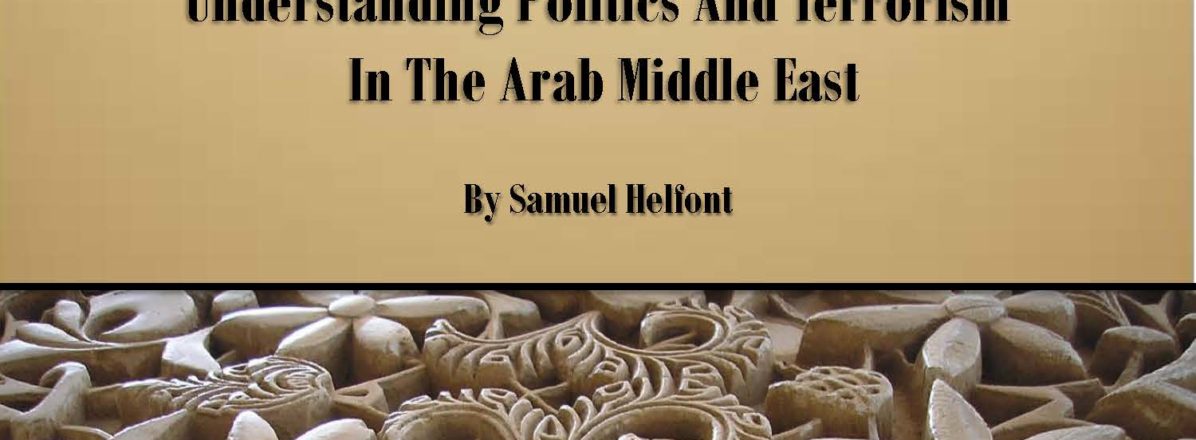A nation must think before it acts.
Introduction
Following the U.S. invasion of Iraq in 2003, a bloody conflict broke out between Iraq’s Sunnis and Shias. This conflict has led some observers to see the entire region through the prism of the age-old Sunni-Shia struggle. However, dividing the Middle East along sectarian lines is not an accurate way to assess the loyalties or predict the actions of various regional actors. For example, in 2006 Israel went to war with Hezbollah in Lebanon and in 2008-2009 with Hamas in Gaza. In both of these conflicts, Shias from Hezbollah and Iran sided with Sunni Islamists from Hamas and other Muslim Brotherhood associated organizations. On the other side of the regional divide were Sunni Arab Nationalists, traditional Sunni monarchies, and Sunni Islamists with Wahhabist tendencies. These groupings are generally indicative of the political order in the Middle East. So a divide exists in regional politics, but it is not between Sunnis and Shias. While it is clear that the Shias fall on one side of the political divide and that they are generally opposed by the Sunni Arab nationalists and Sunni Arab monarchists, the sectarian divisions become blurred when considering Sunni Islamists. Divisions within Sunni Islamism run deep and are extremely important, both to the regional balance of power and to the United States’ efforts to combat terrorism, for example. In fact, the division that will shape the future of Arab politics is not between Sunnis and Shias but among various understandings of Sunni Islamism.
Two distinct forms of Sunni Islamism exist in the Arab Middle East, each with a separate history and world view. In reality these forms of Islamism are not even the same type of movement. One is a theological movement with its origins in pre-modern Arabia. The other is a modern political ideology with roots in the cosmopolitan cities of 20th century Egypt. Although some overlap exists between these movements (just as there are in any two ideologies), they remain distinct. The first movement is Wahhabism and follows the theological teachings of the 18th century reformer, Muhammad ibn abd al-Wahhab. The second movement is the Muslim Brotherhood, a political organization that emerged in 20th century Egypt. Each of these movements originated in largely unrelated ways. Their historic missions have been completely different, as are their goals and means for achieving them. One of the primary aims of this monograph is to disentangle the positions of these two groups so that policymakers can better understand the strategic balance and potential threats in the Middle East. Such differentiation is important because scholars and policymakers have often confused Wahhabism and the Muslim Brotherhood. For some, “Islamism” is viewed as a monolithic movement with the only variation being the level of extremism or moderation that an individual or organization professes. In fact, terms such as “extremist” and “moderate” are completely inadequate in distinguishing between Islamists.
Sunni Islamism has eluded correct understanding for a number of reasons. Often Wahhabists are not formally organized and thus very difficult to study. Some scholars have completely overlooked them. In Jordan for instance, many researchers consider Islamism synonymous with the Muslim Brotherhood, despite the fact that Wahhabists make up an increasing number of Islamists in Jordan and consider their ideology to be diametrically opposed to the Muslim Brotherhood.[1] In other instances, westerners simply fail to distinguish between differing groups of Muslims.
[1] See: Quintan Wiktorowicz, “The Salafi Movement in Jordan,” International Journal of Middle East Studies, vol. 32, no. 2 (May 2000).





